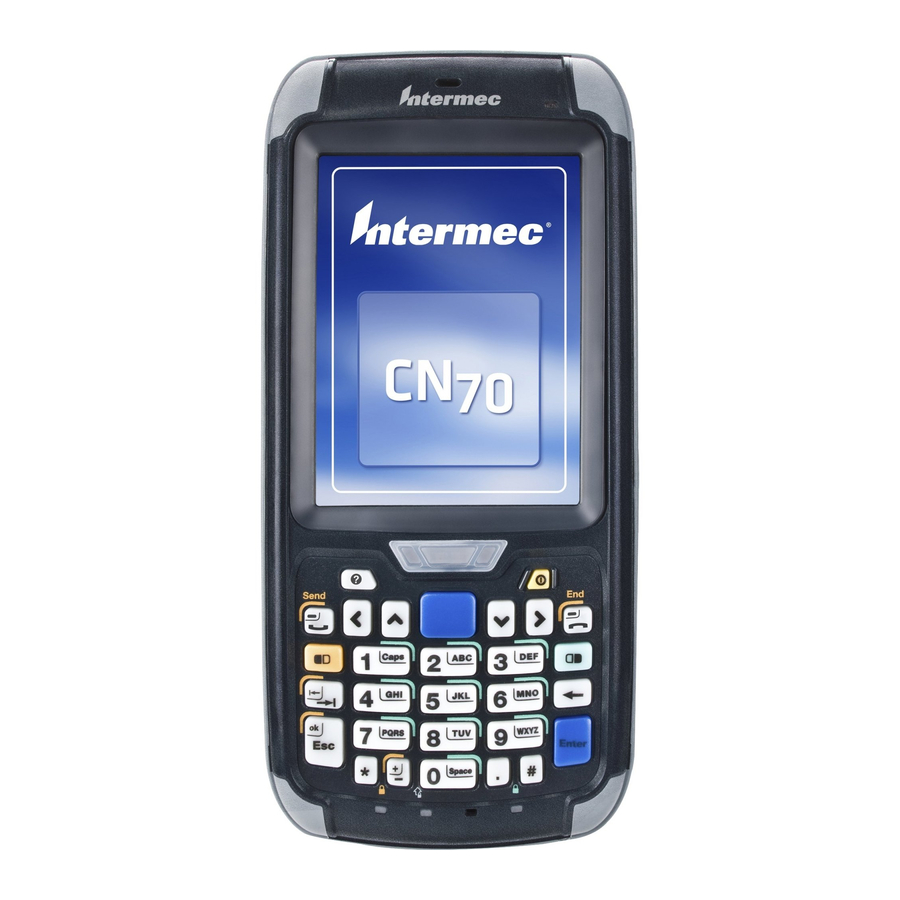
Intermec CK70 User Manual
Hide thumbs
Also See for CK70:
- User manual (208 pages) ,
- Instructions manual (24 pages) ,
- Integration manual (12 pages)
Table of Contents
Advertisement
Quick Links
Advertisement
Table of Contents
Troubleshooting
















Need help?
Do you have a question about the CK70 and is the answer not in the manual?
Questions and answers